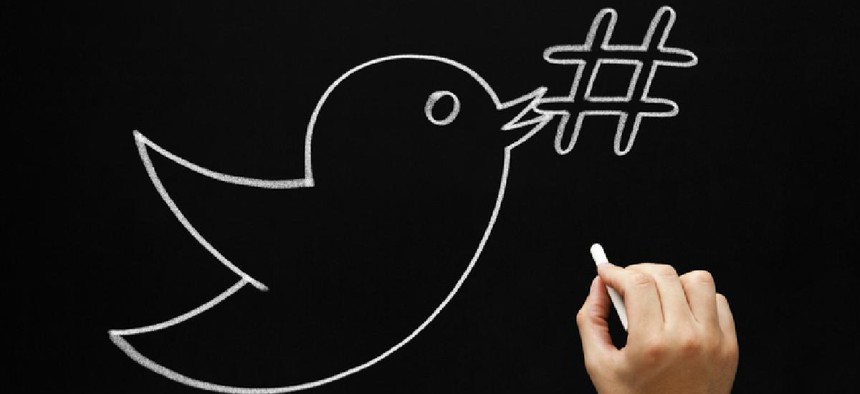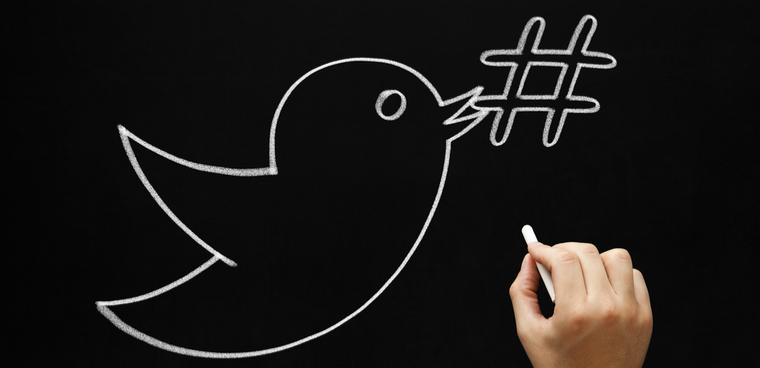Can first responders counter fake news?

A DHS advisory group offers tops on how local and federal emergency responders can leverage social media.

In addition to fires, floods, active shooters and other natural and manmade crises, first responders often must deal with misinformation about breaking events polluting social media and putting people at risk.
A federal advisory group based at the Department of Homeland Security's Science and Technology Directorate has been studying the problem of fake news as it pertains to first responders.
A report approved Feb. 22 by a working group of the Homeland Security Science and Technology Advisory Committee lays out best practices for using and monitoring Twitter, Facebook and other social media platforms during an ongoing disaster or event.
The Social Media Working Group for Emergency Services and Disaster Management report noted that bad actors with malicious agendas often use hashtags and other links to divert social media traffic toward advertising or coordinated social media phishing scams.
Sometimes, according to the report, even well-intentioned social media posts wind up misleading people. It mentions a Facebook post about the 2015 Nepal earthquake that asked for help for a village that was devastated in the event. That village, however, had been helped by a non-governmental organization before the post went out. The post reached 350,000 people around the world in just a few days on, but the need was no longer there and the social sharing wound up wasting time and resources.
Another cautionary tale involved the Oroville, Calif., dam that developed structural problems in 2017, threatening the Sacramento area with flooding. Areas near the dam were under an evacuation order, but a map tweeted by the National Weather Service showing the entire potential flooding area was misinterpreted as showing the evacuation area. That misunderstanding led to many unnecessary 911 calls from local residents. Sacramento area emergency services however, quickly did a Facebook Live broadcast and Periscope video to counter the misinterpretation.
One tip, gleaned from the Oroville dam episode, is to leverage support from a trusted volunteer to minimize rumors. Other best practices include training emergency responders to recognize misinformation or bad information; working with local broadcast media to disseminate accurate information; actively calling out disinformation and rumor on social media platforms; and making sure new information is identified and tagged so that users understand they are getting the most recent news.


